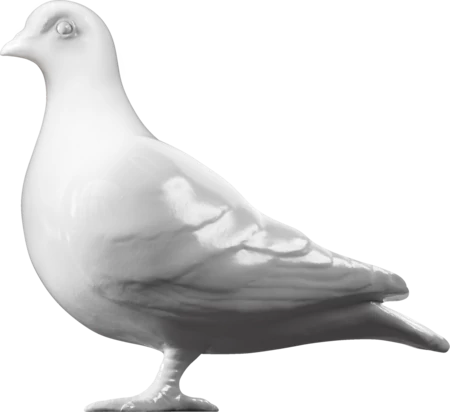Social History — 1922-1923
Window, shop front
Coventry Street Corner House opened in 1909, the first Corner House of the J. Lyon's vast catering empire. It was based in a large four storey building on the corner of Coventry Street and Rupert Street, just yards from Piccadilly Circus.
The Corner House was aimed at the rapidly growing middle classes and promised 'light meals, light charges and light music'. With seating for 2,500 diners, each floor had its own restaurant style with live orchestras. Opulent Italian marble murals by PEL Limited featured landscapes of forests and waterfall. The ground floor had a large food hall and there were also hair dressing salons, telephone booths, theatre booking agencies and even a food delivery service.
The concept proved a success, and two more Corner Houses opened in the West End. They became one of London's best-loved dining institutions; being both respectable and affordable made them popular with everyone from businessmen to shop girls.
This window dates from 1923 when Coventry Street Corner House was significantly extended to the designs of F. J. Wills. In 1927 Lyons reported that Coventry Street could now seat 4,500 people at any one time, that it was open all night, and served 60,000 meals in a 24 hour period. This all-night opening was short lived, but Coventry Street was usually open into the early hours. During the Second World War it had a special licence to serve alcohol, in part for American servicemen.
Piccadilly Circus was 'for the pleasure seeker, the centre of London', according to a Baedecker guidebook of 1923. And despite or even because of its respectability, the Corner House was also a place of transgression. 'The atmosphere of what takes place in a cafe at 1 o'clock in the morning is always rather obscure' said a judge when dismissing the 1938 case against Captain Charles Henry Steele, a retired Royal Irish Fusilier accused of stealing a butcher's pair of field glasses at the Corner House.
From the 1920s onwards, Coventry Street Corner House became a queer London landmark. It was somewhere men of different backgrounds and classes could meet and socialise without attracting too much attention. John Bull magazine in 1925 describes ‘a well-known teashop and public house in Coventry Street where painted and scented boys congregate every day without molestation of any kind . . .sit[ting] with their vanity bags and their high-healed [sic] shoes, calling themselves by endearing names and looking out for patrons.’
Recounting his experiences as a gay man in post-war London, John Alcock called Coventry Street Corner House 'the absolute Mecca of the gay scene.' By then, even the waiters were flamboyantly queer. Coventry Street Corner House was nicknamed ‘The Lily Pond’ - referring to the flowers painted on the walls and also as a place where the 'lilies' could feel at home. Lesbians also began to visit the Lily Pond for afternoon tea on a Sunday, dressed 'in Sunday best'.
Jack Dash, the unofficial leader of the London Dockers, started as a page boy at Coventry Street Corner House, London aged 14. Some of Alfred HItchcock's flm Blackmail was filmed on location at Coventry Street Corner House.
On New Year's Eve, 1966, George Harrison saw in the New Year at Coventry Street Corner House with his wife Patti, Brian Epstein and Eric Clapton. He had been refused entry to nearby Annabel's nightclub because he wasn't wearing a tie.
Coventry Street's offer changed over the years to reflect changing tastes and clientele. In 1936 it opened an international brasserie to cater for increasing number of tourists and more 'cosmopolitan' tastes. For faster service, more limited menu counter-service restaurants opened inside Coventry Street in the 1950s, including 'The Grill and Cheese', 'The Seven Stars', and 'The Piccadilly.' In January 1968, a casino opened in Coventry Street, a first for the Corner Houses. Despite its changes, Coventry Street Corner House closed its doors for the final time on Saturday June 13 1970.
- Category:
- Social History
- Object ID:
- 72.73
- Object name:
- window, shop front
- Object type:
- Artist/Maker:
- J. Lyons and Co. Ltd
- Related people:
- Related events:
- Related places:
- Production date:
- 1922-1923
- Material:
metal, glass
- Measurements/duration:
- H 3685 mm, W 3200 mm, D 432 mm (assembled) (overall)
- Part of:
- —
- On display:
- —
- Record quality:
- 100%
- Part of this object:
- —
- Owner Status & Credit:
Permanent collection
- Copyright holder:
digital image © London Museum
- Image credit:
- —
- Creative commons usage:
- —
- License this image:
To license this image for commercial use, please contact the London Museum Picture Library.
